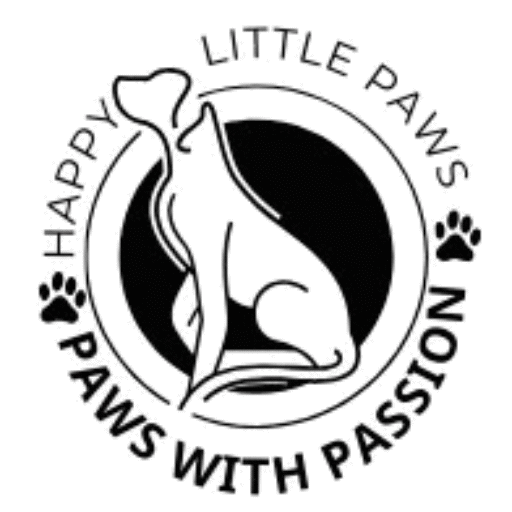Arabian horses are one of the most admired and recognizable breeds in the world. Known for their beauty, intelligence, and endurance, they have a rich history and a well-defined physical appearance that includes unique dimensions and weight ranges.
Why Arabian Horses Are Unique

Arabians are often referred to as the “hotbloods” of the horse world due to their spirited personalities and agile bodies. What sets them apart is not just their arched necks and chiseled faces, but also their light yet strong frames.
Origin and History of the Arabian Breed
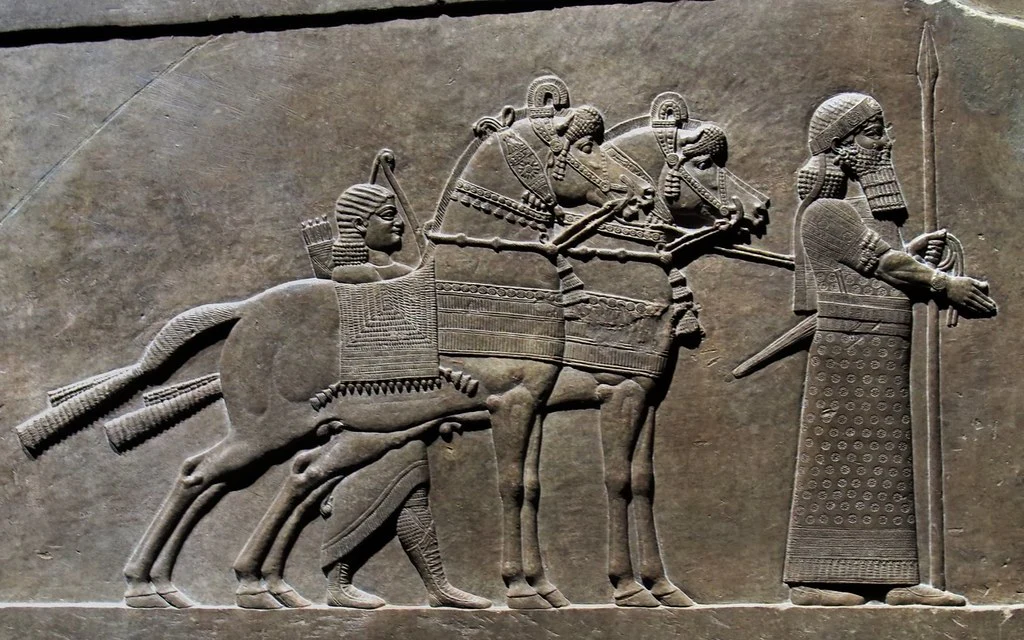
Originating in the Middle East, particularly the Arabian Peninsula, these horses were bred by nomadic Bedouins. The harsh desert climate shaped them into resilient animals with high stamina and compact bodies — traits that directly impact their average size and weight.
Understanding the Average Weight of Arabian Horses
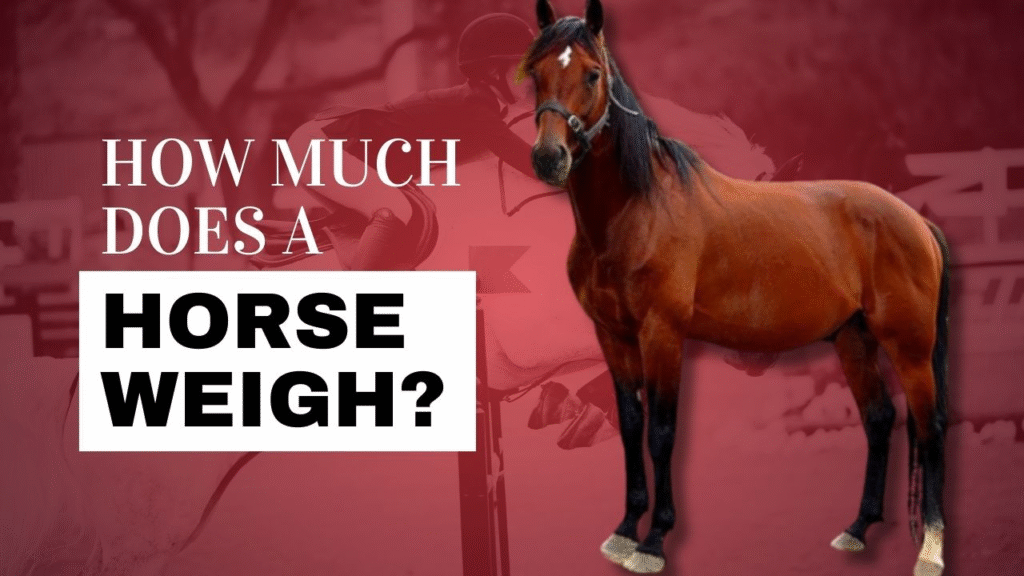
What Is the Average Weight of an Arabian Horse?
Arabian horses typically weigh between 800 to 1,000 pounds (363 to 454 kg). This might seem lighter compared to other breeds, but their smaller, leaner structure makes it perfectly healthy.
Male vs. Female Arabian Horse Weight
- Stallions (Males): Usually on the heavier end — around 950 to 1,000 pounds (430 to 454 kg).
- Mares (Females): Slightly lighter — approximately 800 to 900 pounds (363 to 408 kg).
Factors Affecting Arabian Horse Weight
- Age
- Gender
- Genetics
- Diet and nutrition
- Exercise and workload
- Health conditions
Arabian Horse Weight in Kilograms and Pounds

Weight of an Arabian Horse in kg
Here’s a quick idea of how the weight translates in kilograms:
- Average Range: 363 to 454 kg
- Stallions: 430–454 kg
- Mares: 363–408 kg
Arabian Horse Weight in lbs (Pounds)
For those using the imperial system, Arabian horses weigh:
- Average: 800–1,000 lbs
- Stallions: 950–1,000 lbs
- Mares: 800–900 lbs
Arabian Horse Height in Hands
How Many Hands Tall Is an Arabian Horse?
Arabians typically stand between 14.1 to 15.1 hands high. This equals about 57 to 61 inches or 145 to 155 cm.
Correlation Between Height and Weight
Although they’re shorter than some breeds, Arabians carry weight well due to their dense bones and strong muscular structure.
Arabian Horse Size and Body Dimensions
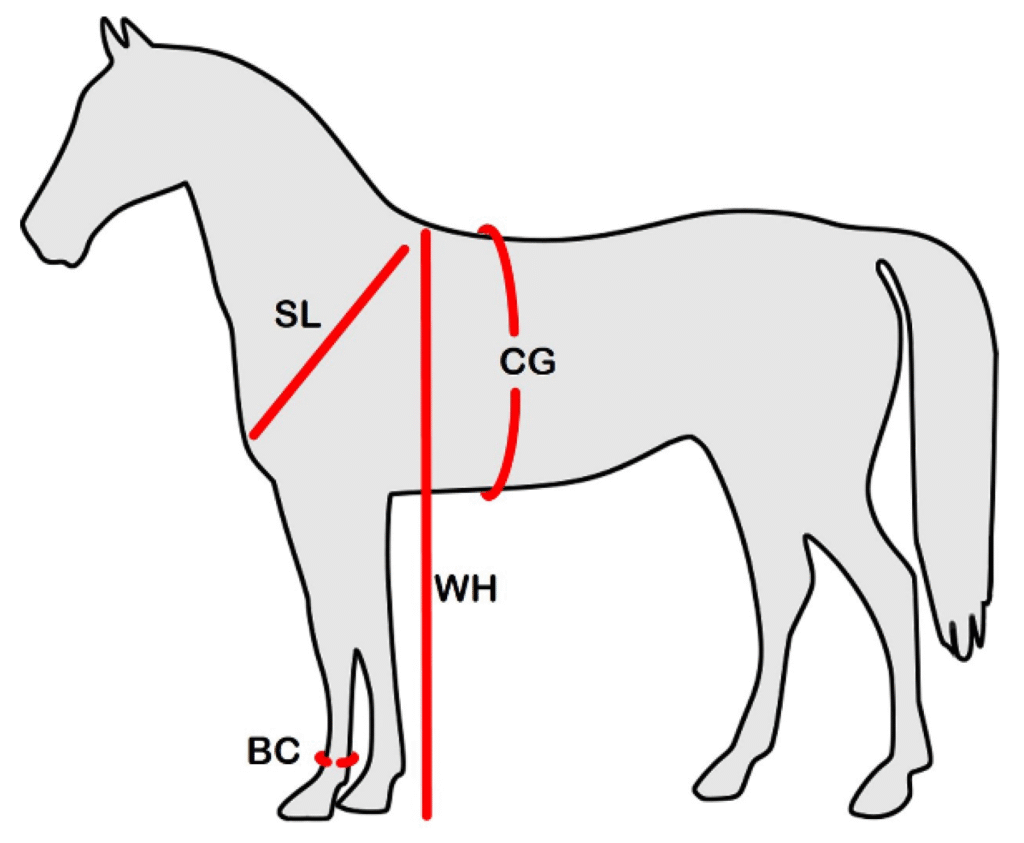
Chest Girth and Body Length
On average:
- Chest girth: 65 to 75 inches (165–190 cm)
- Body length: 55 to 60 inches (140–152 cm)
Compact Build and Lightweight Nature
Arabians have short backs, flat croups, and lean muscles, which contributes to their lighter weight. Don’t let it fool you — they’re among the strongest pound-for-pound horses on earth.
Complete Arabian Horse Weight Chart
Foal to Adult – Growth Timeline
| Age | Average Weight (kg) | Average Weight (lbs) |
|---|---|---|
| Newborn Foal | 45 – 55 kg | 99 – 121 lbs |
| 6 Months | 150 – 200 kg | 330 – 440 lbs |
| 1 Year | 250 – 300 kg | 550 – 660 lbs |
| 2 Years | 300 – 360 kg | 660 – 790 lbs |
| 3+ Years | 360 – 450+ kg | 790 – 990+ lbs |
Weight Chart by Height (in Hands)
| Height (Hands) | Average Weight (kg) | Average Weight (lbs) |
|---|---|---|
| 14.1 | 360 kg | 790 lbs |
| 14.3 | 400 kg | 880 lbs |
| 15.1 | 450 kg | 990 lbs |
Monitoring and Managing Arabian Horse Weight
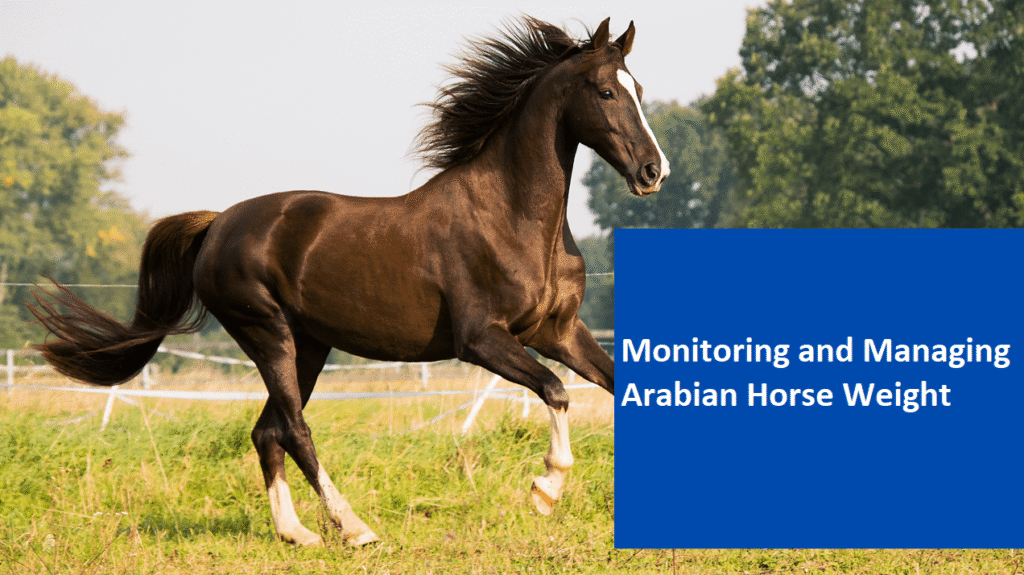
How to Weigh Your Arabian Horse Accurately
Use:
- Livestock scale (most accurate)
- Weight tape (wrap around the girth)
- Weight formula based on girth and length
Signs Your Horse Is Overweight or Underweight
- Underweight: Visible ribs, sunken topline, poor coat
- Overweight: Fat deposits on shoulders, tailhead, and neck crest
Feeding and Diet Guidelines
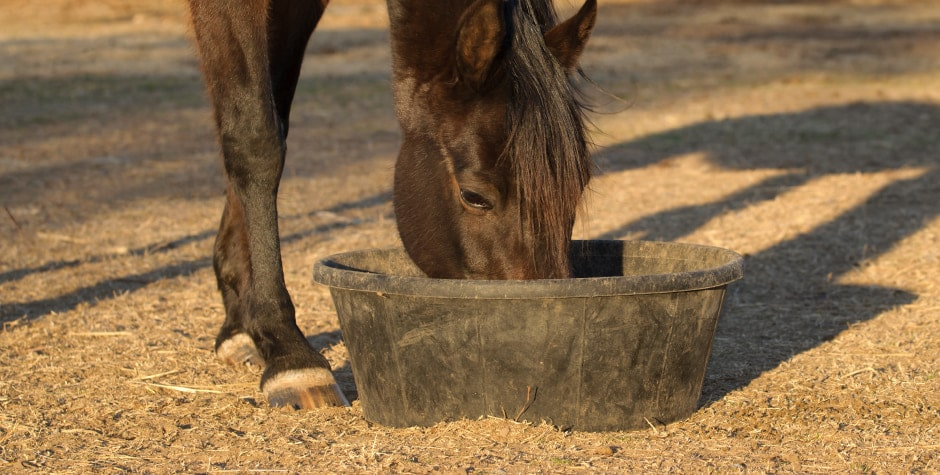
Ideal Diet to Maintain Healthy Weight
Arabians thrive on:
- High-fiber forage (alfalfa or grass hay)
- Small amounts of grain or pellets
- Freshwater and salt blocks
- Occasional vitamin/mineral supplements
Calorie Requirements Based on Activity Level
- Light work: ~15,000–18,000 kcal/day
- Moderate work: ~20,000–25,000 kcal/day
- Heavy work: ~30,000+ kcal/day
Exercise and Its Role in Weight Maintenance

Recommended Workouts for Arabian Horses
Arabians need consistent movement:
- Trail riding
- Lunging
- Groundwork
- Arena training
Balancing Muscle Tone and Fat Levels
Exercise helps build lean muscle while burning off excess fat — crucial for maintaining that signature Arabian silhouette.
Comparing Arabian Horse Weight to Other Breeds
Lighter Than Most – Here’s Why
Compared to bulkier breeds like Quarter Horses or Warmbloods, Arabians have smaller frames, lighter bones, and higher metabolic rates.
Arabian vs. Thoroughbred vs. Quarter Horse
| Breed | Average Weight (kg) | Average Height (hands) |
|---|---|---|
| Arabian | 360–450 kg | 14.1–15.1 |
| Thoroughbred | 450–600 kg | 15.2–17.0 |
| Quarter Horse | 500–600 kg | 14.3–16.0 |
Health Conditions Related to Weight
Risks of Obesity
- Laminitis
- Joint stress
- Insulin resistance
Problems From Being Underweight
- Weakened immune system
- Poor energy
- Reproductive issues
Tips for Keeping Your Arabian in Ideal Shape

Regular Weigh-ins
Monthly checks using a tape or scale can help you stay on top of your horse’s condition.
Custom Feed Plans
Work with an equine nutritionist or vet to tailor your horse’s diet and adjust based on season, age, and workload.
Conclusion
Arabian horses may not be the heaviest breed out there, but their weight is perfectly aligned with their size, endurance, and athleticism. Knowing how much your Arabian should weigh, monitoring their growth, and keeping their diet and exercise in check is key to a long, healthy life for these magnificent animals.
FAQs
How heavy is an Arabian horse on average?
The average Arabian horse weighs between 800 to 1,000 pounds or 363 to 454 kilograms.
What’s the ideal weight of a 4-year-old Arabian?
A healthy 4-year-old Arabian should weigh around 400 to 450 kg (880 to 990 lbs), depending on gender and body condition.
Do Arabian horses grow taller with age?
Yes, they typically reach their full height by age 5 but may fill out in muscle and weight up until 6 years old.
How do I know if my Arabian horse is underweight?
Visible ribs, a sharp spine, and lack of muscle tone are common signs. Always consult a vet for an accurate assessment.
Can diet alone help regulate Arabian horse weight?
While diet plays a huge role, exercise, genetics, and health issues also factor into maintaining the right weight.

